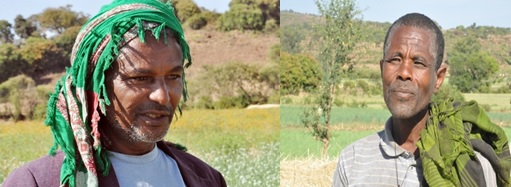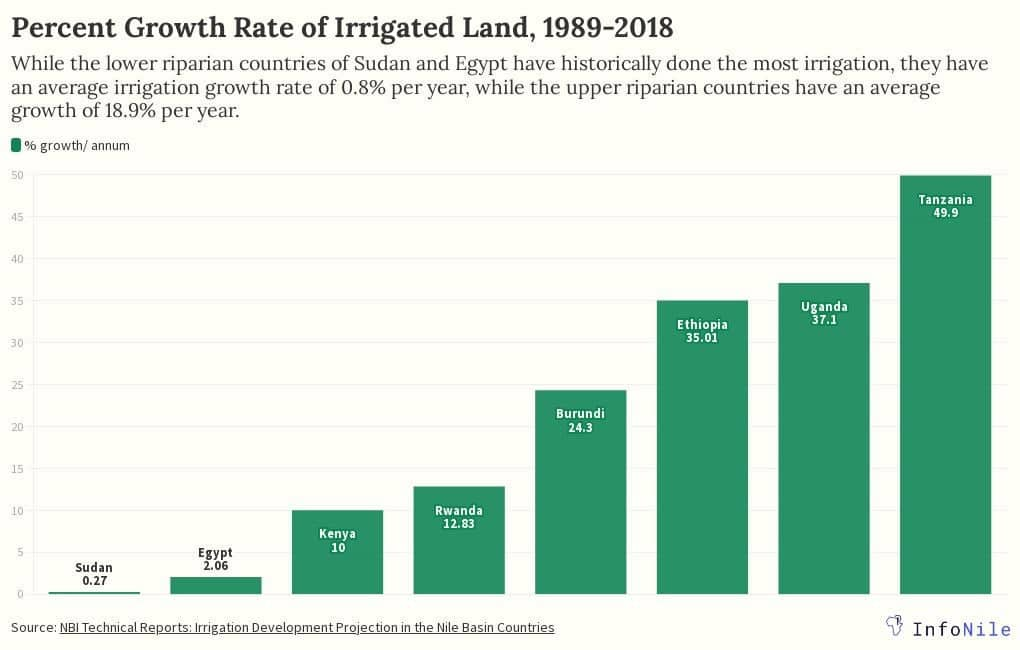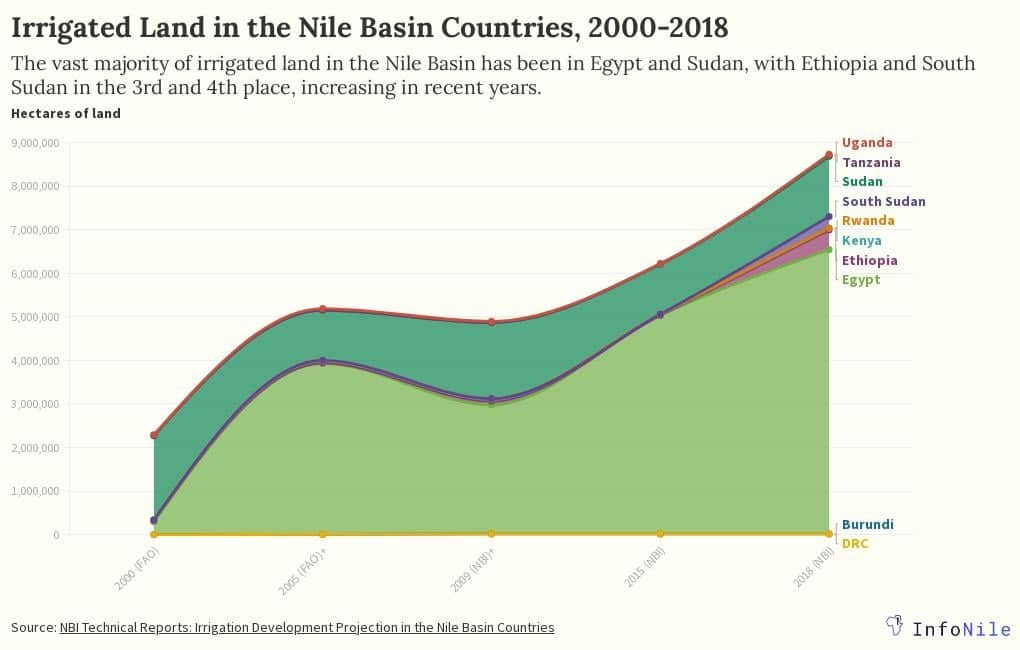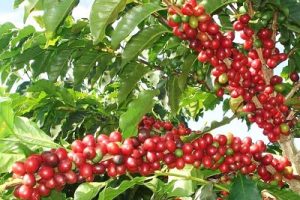
BY TEWODROS KASSA
Abdi Assefa, a farmer in the Central Gondar zone in Ethiopia’s Amhara State, earns more than one million Birr (about 19,200 USD) from garlic farming. He employs more than 200 youths on his three-hectare farm. Abdi irrigates his farm, especially during the dry season. He uses a generator to pump water to his farm.
“Water is the source of everything for us. However, this important resource on earth is reducing from time to time as supply and demand become unbalanced,” he explains, adding that the world must find all possible measures to preserve water sources for sustainable use.
The income Abdi gets from his farm enables him to cope with the high cost of fuel which is hindering many farmers in this region from practicing irrigation farming yet this is the primary way to survive with the current water scarcity and climate change crisis there.
According to Abdi, many farmers in Ethiopia are adopting modern farming using irrigation, with agriculture now becoming lucrative and attracting many people, including the youth.
He also explains that following the decline in soil fertility in many areas of Ethiopia, using the available limited arable land and water resources properly and efficiently is the only option to sustain life. However, not many farmers are as capacitated as Abdi.
Enyew Haile, a farmer in the agriculturally rich central Gondar Zone of the Amhara State, struggles to irrigate his garlic, onion, rice, teff, wheat, and other crops. “Last year, I bought a water pumping generator to facilitate my irrigation activities. However, I cannot afford fuel because of its high price,” he said.
Enyew observed that though there is vast irrigation water potential in the area, only those farmers who can afford the price of fuel for generators utilize irrigation technology. According to him, farmers in the area know irrigation would increase their crop production and incomes but using this technology in this mountainous area is still a challenge.
Compared with other Nile basin countries, not so much of Ethiopia’s land is irrigated. The country lies in the 3rd place after Egypt and Sudan.
Naturally endowed, but more is needed
Ethiopia, home to Africa’s second-largest population (estimated at 120 Million), aspires to realize food self-sufficiency by harnessing its untapped irrigation potential.
However, the country is prone to continuous drought and water scarcity. This Horn-of African nation is home to numerous transboundary rivers, including the Abay River (Blue Nile). However, this river is highly seasonal, with about 70 percent of its flow occurring in July – September, while its major tributaries of Tekeze and BaroAkobo are also characterized by high seasonality, according to NBI Baseline Data and Description Report (WRM-2020-04).
Although the country has registered double-digit economic growth in the past decades, depending on the rain-fed traditional agricultural system and harvesting once a year, may not be enough to ensure food security for its large population.
“We have immense natural resources, favorable climate, fertile land, vast water resources, and human capital. We need to increase productivity by combining these underused resources. The journey to self-sufficiency in food and basic commodities we have embarked on needs to be complemented by nurturing a culture of productivity,” Prime Minister Abiy Ahmed said in a recent tweet.

According to the Central Statistical Agency (CSA), the agriculture sector continues to be the leading source of employment in the country as the unemployment rate increases yearly. However, the country’s fertile arable land is falling apart, and deforestation is increasing steadily to create more land for farming.
Studies indicate that Ethiopia has more than 70 million hectares of total arable land but only cultivates 12 million hectares of land. The International Water Management Institute (IWMI) satellite-based estimation of the existing irrigated areas in Ethiopia for 2015 indicates that the total irrigated area in the Nile Basin part of Ethiopia is 489,000 hectares.
Ethiopia’s annual average irrigation growth rate for the years between 1989 and 2018 stood at 35.01 percent. Although this rate is way below average, it is better than that of Sudan, Egypt, Kenya and Rwanda combined.

The NBI Baseline Data and Description Report (WRM-2020-04) indicates that several schemes in Ethiopia are characterized by inefficient water use. Such inefficiency commences from the source where water above the requirement (for crops and allowable losses) is delivered into the conveyance system. The indicated excessive diversion or pumping is attributed to a lack of capacity in water management and water measuring or control facilities.
The head of the Ministry of Agriculture Horticulture Development and Technology Transfer Directorate, Abdella Negash said that there is a considerable gap regarding water resources management and utilizing the country’s vast irrigable land potentials.
“The Ethiopian government is moving towards ensuring food and nutrition security of the ever-growing population with the available arable land through successful agronomic practices. However, the country’s irrigation potential is still at its infant stage compared to other countries,” he said.
He further explained that with more than 12 river basins, Ethiopia requires large investments and capital to develop and utilize this potential. Agriculture is one of the pillar focus areas of the country’s ten-year perspective development plan.
Abdella said that cloud seeding, deep underground water excavations, and saving rainwater for long-term utilization, among others, are the measures taken by the Ethiopian government to address irrigation water scarcity among farmers.
In its conclusion, the NBI Baseline Data and Description Report observes that Ethiopia’s efforts to expand irrigation agriculture has been very slow.
“Though these efforts have contributed to improving food security and income of many rural households, the productivity is still very low,” the report disclosed.
In 2015, the Nile Basin Initiative (NBI) Secretariat (Nile-Sec) conducted a Strategic Water Resources Analysis (SWRA) intending to develop sustainable options for satisfying the growing water needs of the Nile riparian countries and mitigating the current and future water stress.
Accordingly, enhancing rainfall productivity, irrigation efficiency, improving local and regional cropping patterns, prioritizing drought-resistant crops, and improving basin water supply management are among the possible water-savings recommendations by the NBI. The study predicts that the Nile Basin (where Ethiopia lies) will remain in a state of perpetual water deficiency by a magnitude of 5 to 29 BMC per year.
The report stressed that this calls for urgent and continuous efforts to improve water conservation and water use efficiencies through the adoption of improved practices and technologies. The study recommended that technical assistance and extension to disseminate practices promoting water conservation and efficient water use can significantly mitigate future water stress while increasing agricultural productivity and farm income.
This story was supported by InfoNile and Media in Cooperation and Transition (MiCT) in collaboration with the Nile Basin Initiative (NBI) and with support from the DeutcheGesellschaft fur InternationaleZusammenarbeit (GIZ) GmbH, commissioned by the European Union and Federal German Government.
The Ethiopian Herald June 26/2022





